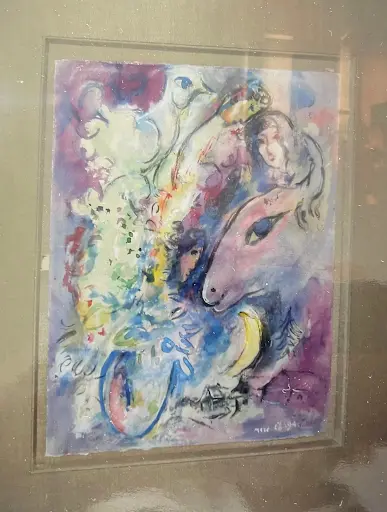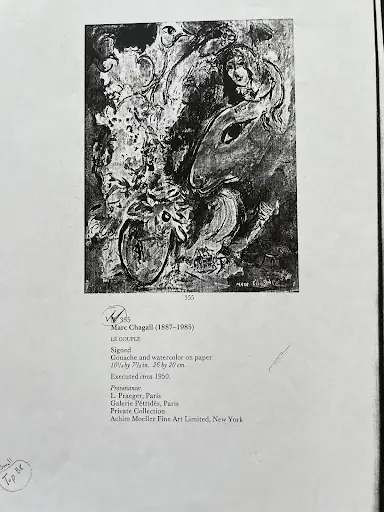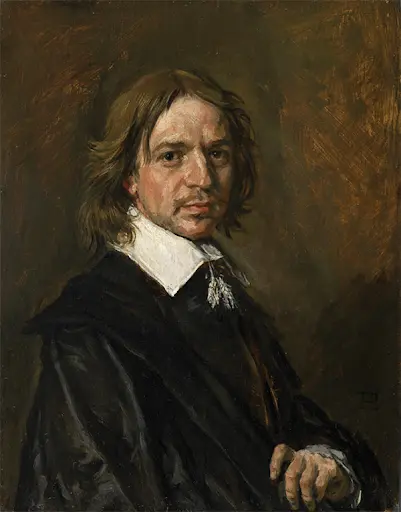A Fake Chagall Painting? Attribution and Authenticity in the Auction World
What happens when art experts change their minds? For one collector, that could result in the loss of a major asset: a painting formerly attributed to Marc Chagall. The piece was worth USD 100,000 until an expert panel weighed in.

Stephanie Clegg purchased a painting attributed to Marc Chagall at a Sotheby’s auction in 1994. At the time, she paid $90,000 for the work. Experts reappraised the watercolor painting at a value of $100,000 in 2008. But when Clegg prepared to sell her Chagall painting with Sotheby’s in 2020, a panel of French art experts declared that the work is inauthentic. The allegedly fake Chagall painting may now be destroyed by the artist’s heirs.
Clegg claims that Sotheby’s bears some responsibility for the situation. The watercolor piece was listed in the original 1994 auction catalog as a Marc Chagall painting, and when Clegg returned to Sotheby’s to sell the work, the auction house assured her that the authenticity panel review was merely a formality. This was not necessarily the case. Authenticity committees hold significant power over the auction world, and this issue of the fake Chagall painting is hardly an isolated incident.
“You could have a photograph of Chagall painting this,” said art market lawyer Thomas C. Danziger, “and have his own written testimony that he did, but if the [Chagall authenticity] Comité says it’s not by the artist then, for the purposes of the art market, it’s not by the artist.”
For its part, Sotheby’s has offered Clegg a credit of $18,500 toward any fees on future art purchases. To Clegg, the offered sum is a far cry from the original price she paid for the fake Chagall painting and the loss of a significant asset.

The case raises old debates about the responsibilities of auction houses to establish and regulate authenticity. In-house experts can add attributions and track a work’s history, and big-ticket items are often vetted by individuals or committees of experts. And in the auction world, it is difficult to overstate the importance of well-documented provenance.
Yet beyond paintings and furniture and decorative art, companies like Sotheby’s and Christie’s mostly deal with perceived value. A change in attribution can turn a thrift shop find into a multi-million-dollar treasure. Such stories more frequently appear in the headlines. Changing expert opinions can also sink the value of a work beyond recognition. Limited authenticity warranties provide a buffer against this issue, but some argue that this is not enough to protect collectors against disaster.

There is little tolerance for deliberate hoaxes in the art world. In the case of a fake Frans Hals painting that changed hands in a Sotheby’s private sale, the auction house moved swiftly to reimburse the painting’s owner and take a disgraced art dealer to court. There is no such mastermind in the recent case of the fake Chagall painting, or at least not yet. However, the questions that the auction world asked after the Frans Hals forgery are still unanswered. The influence of unofficial “connoisseurs” in the auction attribution process is not fully known. The handling of changed attributions remains contentious. And for collectors looking to invest or appreciate a work of art, there is still a risk of being burned.
Find the latest auction world news, previews of upcoming events, and more on Auction Daily.









